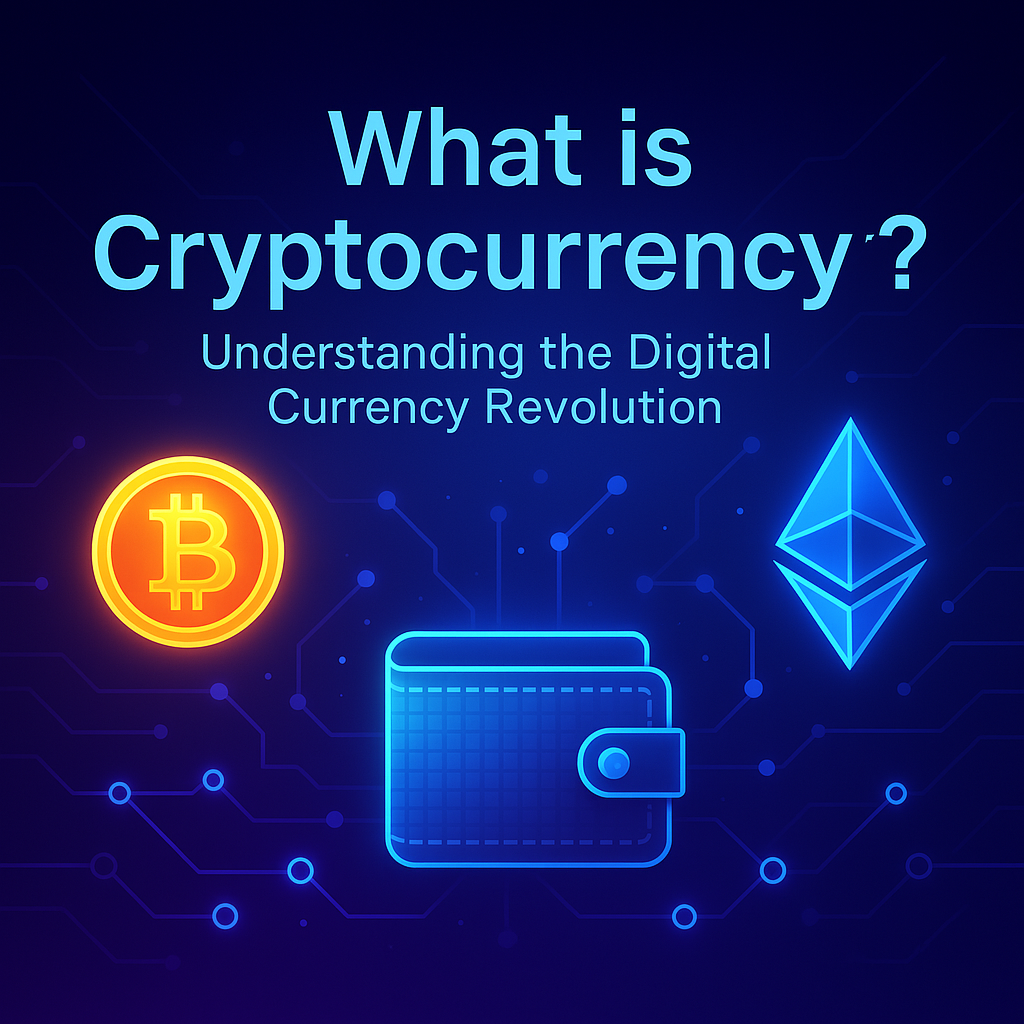Breaking News
Popular News




Enter your email address below and subscribe to our newsletter

If you’re serious about crypto trading, investing, or building in Web3, you need to understand the difference between on-chain vs off-chain data. Both types of data shape how we analyze markets, build dApps, and make informed decisions.
Let’s break down the 7 most important differences, along with real-world examples.
On-chain data refers to all activity that takes place directly on a blockchain network, including:
Transactions (sends, receives)
Smart contract calls
Wallet balances
Gas fees
Validator activity
✅ It’s public, transparent, and immutable.
Popular tools for on-chain data:
Off-chain data exists outside the blockchain but still impacts crypto decisions. Examples include:
Centralized exchange orders
KYC/AML records
Oracle feeds
Social media sentiment
Developer activity (GitHub, forums)
Off-chain data helps fill the gaps blockchains can’t natively track.
| Feature | On-Chain | Off-Chain |
|---|---|---|
| Location | Stored on blockchain | Stored outside blockchain |
| Trust Model | Trustless | Requires trust in source |
| Transparency | Fully public | May be private/proprietary |
| Speed | Slower due to consensus | Faster and flexible |
| Use Cases | DeFi, NFTs, explorer tools | KYC, price feeds, sentiment |
| Accessibility | APIs, block explorers | APIs, web scrapers, 3rd-party data |
| Reliability | Immutable | Subject to alteration/failure |
Traders use on-chain data to track whales and volume
Projects use off-chain data for governance, legal compliance
DeFi apps rely on off-chain oracles for price feeds
Analysts combine both to predict trends and avoid scams
Smart investors use both to gain an edge.
A: On-chain data is tamper-proof, but not always complete. Off-chain adds crucial context like price feeds or sentiment.
A: Yes, via oracles like Chainlink or Band Protocol, off-chain data can be integrated into blockchain logic.
A: Both. On-chain helps with wallet tracking and DeFi, while off-chain (like social media or exchange volumes) adds real-time insight.
A: Ownership and transfers are on-chain, but metadata (like image, name) is often stored off-chain (e.g. IPFS).
A: Yes. Dune, Etherscan, and CoinGecko are great starting points.
Understanding on-chain vs off-chain data is essential for anyone active in the crypto space. Each offers unique strengths — combine them to make smarter trades, build better apps, and avoid costly mistakes.
For more deep-dives into blockchain analytics, visit bit2050.com — where crypto knowledge becomes power.